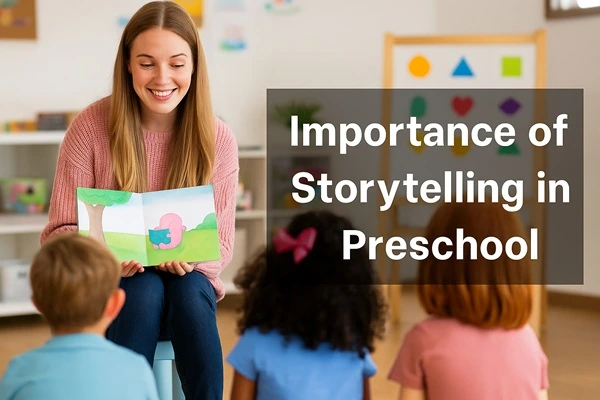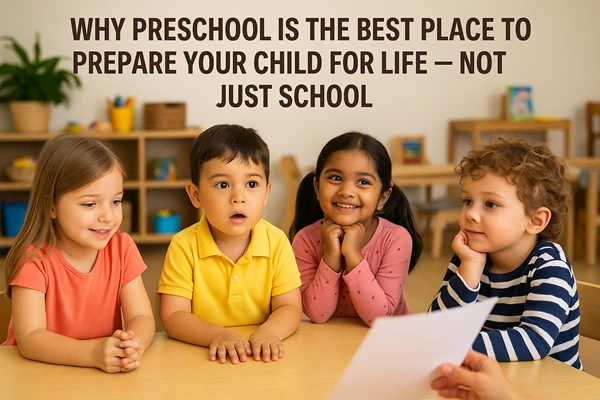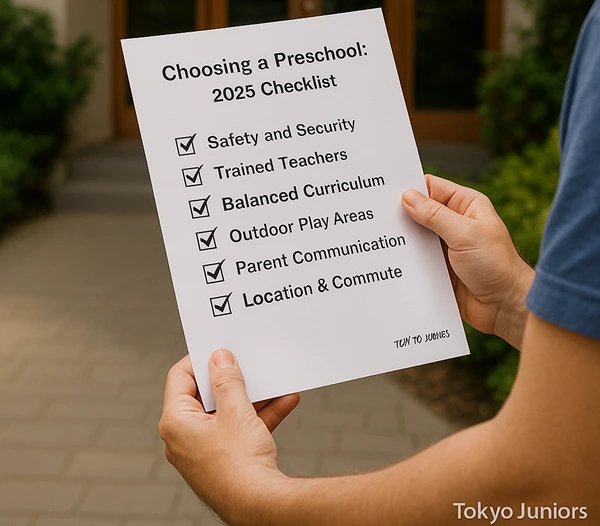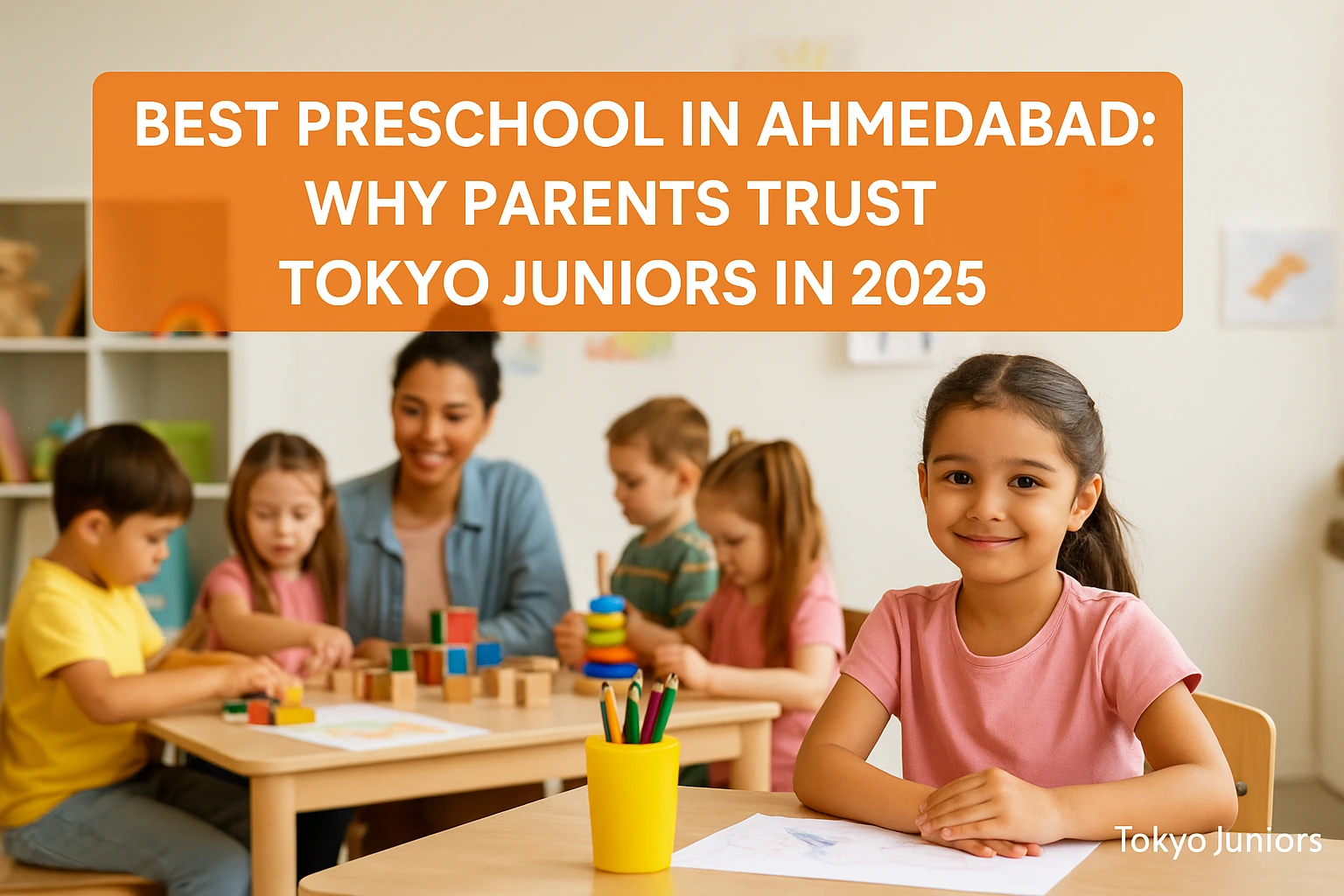Storytelling is one of the most powerful tools in early childhood education. Long before children learn to read or write, they connect with the world through stories — whether they’re told, acted out, or read aloud.
1. Builds Language and Vocabulary
Listening to stories introduces preschoolers to new words, sentence structures, and expressive language. This lays the foundation for early literacy and stronger communication skills.
2. Sparks Imagination
Stories help children imagine new worlds, characters, and situations. This encourages creative thinking and problem-solving, both of which are vital in the learning process.
3. Teaches Morals and Life Lessons
Through relatable characters and simple plots, stories can teach kindness, honesty, sharing, and empathy in ways that are easier for children to absorb and remember.
4. Enhances Listening and Attention Span
Regular storytelling trains children to focus, listen actively, and follow a sequence — essential skills for both academic and social success.
5. Strengthens Emotional Bonds
Reading or telling stories together creates a special bonding time between children and parents or teachers. It promotes trust, emotional security, and comfort.
6. Encourages Expression
After listening to stories, children are often inspired to create their own. Storytelling sessions can be followed by drawing or role-play to allow them to express their understanding and emotions.
Tips to Make Storytelling Effective
- Use voice modulation and facial expressions
- Involve the child by asking questions
- Encourage them to predict what happens next
- Let them retell the story in their own words
Final Thoughts
Storytelling isn’t just entertainment — it’s education wrapped in imagination. By weaving stories into daily routines, we nurture brighter, more confident learners.



